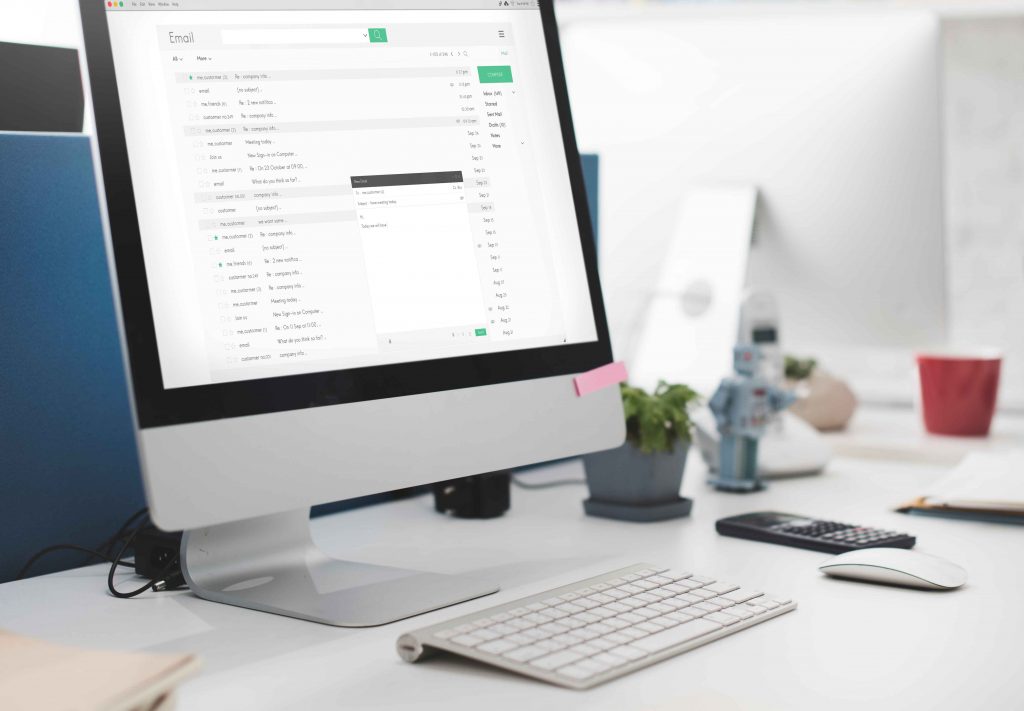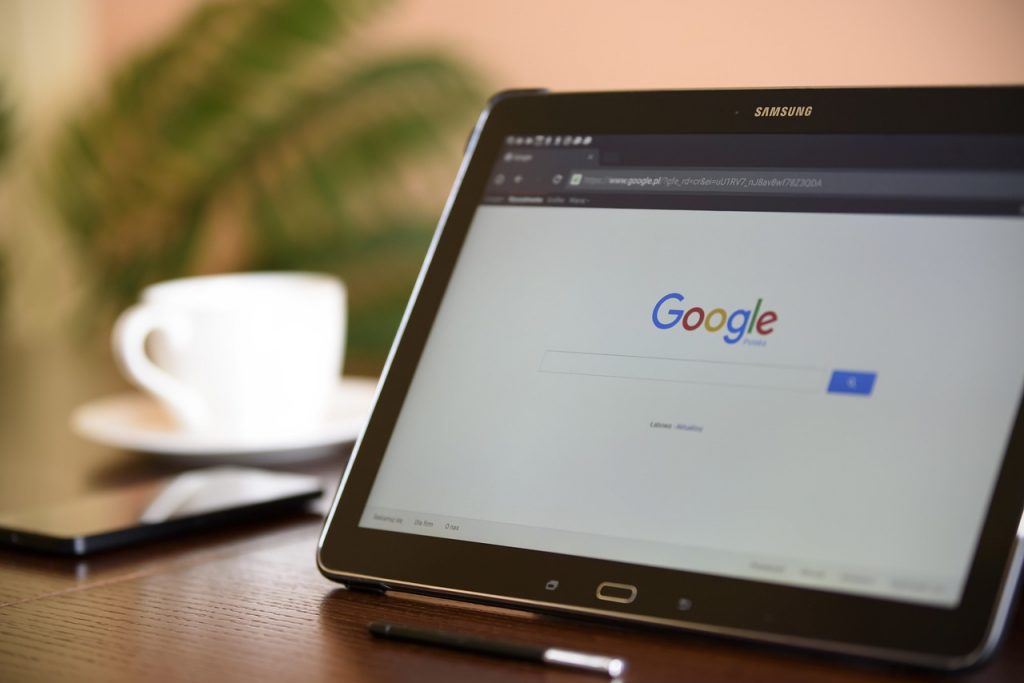HTML Invoice Templates: Create Beautiful Invoices Without PDF Tools

If you’ve ever spent 20 minutes opening a bloated PDF editor just to tweak a price, you know the pain. The truth is, many small businesses and freelancers don’t need heavyweight invoicing software. They need speed, flexibility, and something that doesn’t require five clicks to edit a phone number. That’s where HTML invoice templates come in — they’re lightweight, browser-friendly, and surprisingly beautiful.
Instead of attaching another PDF to your email, imagine sending a branded, mobile-responsive invoice that opens instantly in a browser and even adjusts to dark mode. You don’t need Acrobat. You don’t need a download link. You just need HTML.
Why HTML Invoices Are Gaining Popularity
Invoices are no longer just accounting documents. They’re part of your brand, your customer experience, and your workflow. With more work happening online, traditional formats like DOCX and PDF often get in the way. HTML offers a simple, elegant alternative.
Unlike static files, HTML invoice templates can be dynamic. You can embed them in websites, automate them with backend code, or style them to match your personal brand — without dealing with file conversions. Plus, they look clean on any screen, from desktop to smartphone.
The Shift Away from Static PDFs
- PDFs require extra software to view or edit
- Not mobile-friendly by default
- Difficult to integrate with web-based workflows
HTML as a Flexible and Future-Proof Format
- Fully responsive and easy to update
- Can be embedded directly into emails or client dashboards
- Editable with any browser-based or local code editor

What Makes a Good HTML Invoice Template?
A good invoice does more than display numbers. It reflects your professionalism, makes payment effortless, and communicates clearly. That’s why a quality HTML invoice template should go beyond basic tables and include brand elements, logical formatting, and adaptable styling.
If you’re coming from tools like the Aynax invoice template, Open Office invoice template, or LibreOffice invoice template, HTML might seem like a jump — but it’s easier than it looks. With just a few tags and some CSS, you get full control over layout and design.
Key Elements Every Template Should Include
- Logo and contact details
- Invoice number and date
- Clear itemization and totals
- Payment instructions and terms
Design Tips for Clarity, Branding, and Responsiveness
- Use consistent fonts and spacing for readability
- Add color elements that match your brand
- Use media queries for mobile scaling
Tools and Platforms to Build or Customize HTML Invoices
You don’t need to be a full-stack developer to get started. Most modern code editors offer boilerplate HTML that you can tweak in minutes. Want no-code? Online platforms let you drag, drop, and export full invoices — ready to paste into emails or websites.
While edit invoice template in QuickBooks might feel intuitive for users locked into that ecosystem, those who want customization often find HTML a better fit. And for Mac users relying on the Pages invoice template, HTML templates can actually offer more freedom and compatibility across platforms.

Using Code Editors vs No-Code Generators
- VS Code or Sublime Text: great for control and batch edits
- Online builders: ideal for quick setup and no tech skills
Embedding HTML Invoices in Emails and Web Apps
- Inline styles ensure consistent formatting
- Use tables for layout (yes, they still rule for invoices)
- Host the invoice on your domain or link via email
Best Use Cases for HTML Invoice Templates
| Use Case | Why It Works | Example / Benefit |
|---|---|---|
| Digital-Native Professions | Clients expect fast, accessible, and app-free invoices. | Developers, SaaS providers, designers, agencies. |
| Traditional Businesses | Instant loading and no reliance on third-party apps. | Local repair shops, retail businesses, service providers. |
| Customization Beyond QuickBooks | Freedom to design layouts that match your brand and workflow. | Templates mirroring your website, skipping clunky QuickBooks menus. |
Freelancers, Developers, and SaaS Startups
- Need flexibility across platforms and devices
- Prefer copy-paste or API-generated invoices
- Often integrate invoices into custom dashboards
When You Need Speed, Interactivity, or Automation
- Real-time data population from forms or CRMs
- Instant styling tweaks without third-party software
- Reusable code that scales with your business
Common Pitfalls and How to Avoid Them
| Pitfall | Risk / Issue | How to Avoid It |
|---|---|---|
| Email Rendering Issues | Different email clients may display HTML/CSS differently (e.g., Outlook vs. Gmail). | Test invoices in multiple browsers, devices, and email clients before sending. |
| Switching from Older Tools | Moving from tools like OpenOffice invoice templates to HTML may require learning new skills. | Allow time to adapt workflows and train staff on HTML basics. |
| Security Risks | Including sensitive payment info in plain HTML can expose data. | Never include sensitive details directly in HTML; use secure payment links instead. |
Rendering Issues Across Browsers and Devices
- Stick with inline CSS for better email compatibility
- Avoid JavaScript unless hosting the invoice securely
- Always test on desktop and mobile before sending

Security Considerations for Online Invoice Delivery
- Use HTTPS links if hosting invoices on your website
- Avoid placing credit card info directly in the HTML
- Include payment buttons or links instead
Should You Switch to HTML Invoicing?
If your current system feels rigid — whether you’re stuck figuring out how to edit invoice template in QuickBooks or reusing a dated LibreOffice invoice template — HTML might be the upgrade you didn’t know you needed. It puts you in control without locking you into a single platform or app.
You don’t need to toss out everything. Start by recreating one of your go-to templates, whether it’s an Open Office invoice template or a Pages invoice template, in HTML. Keep it simple at first. Then add style, automation, and flair. Before long, you’ll wonder why you ever dealt with PDFs in the first place.